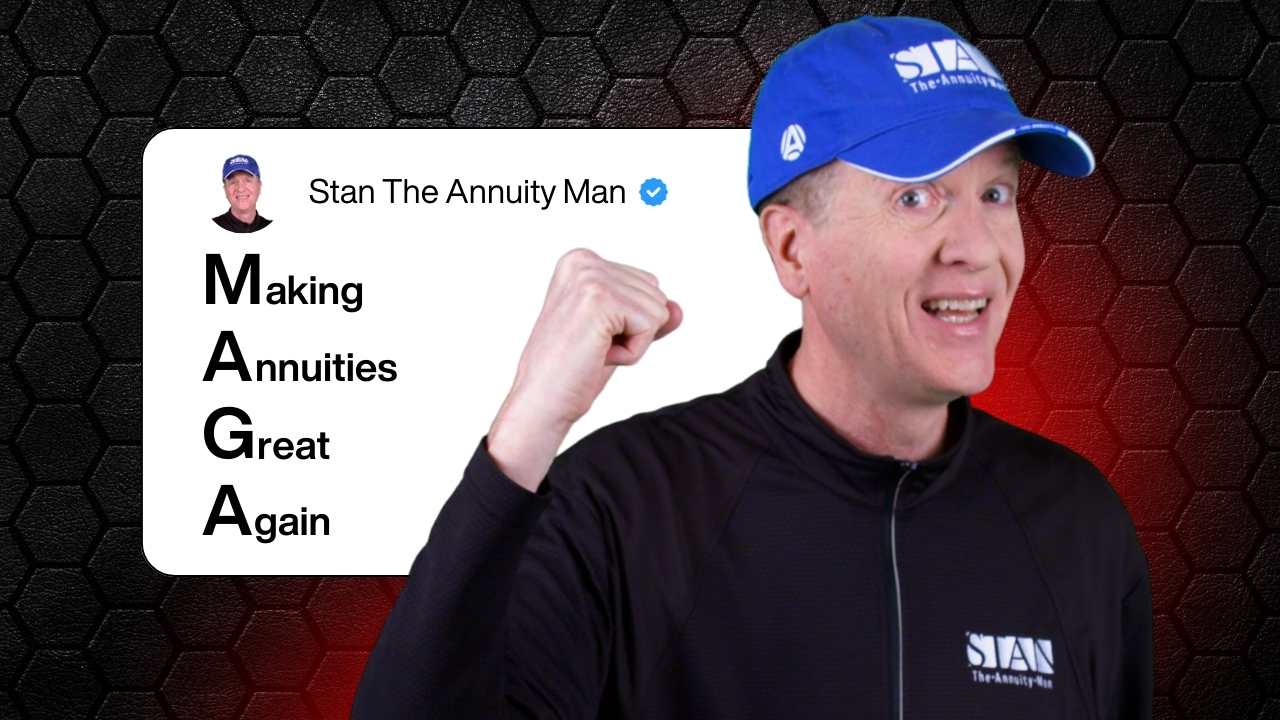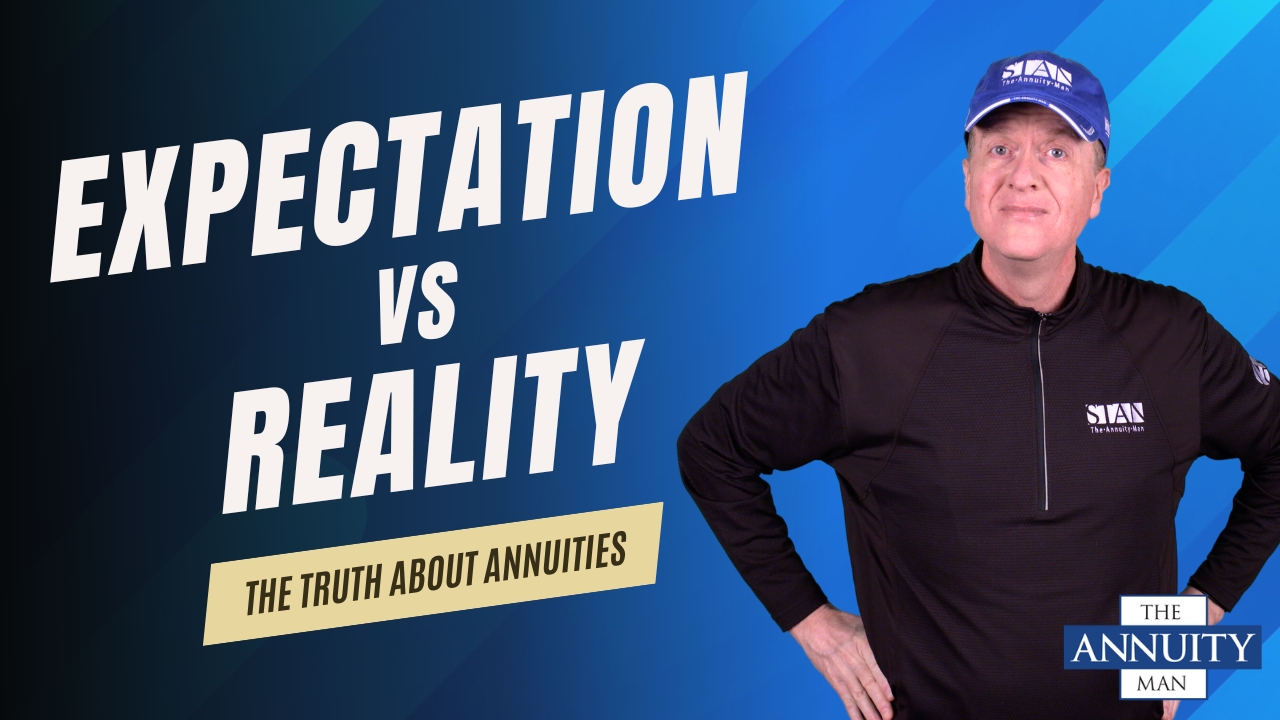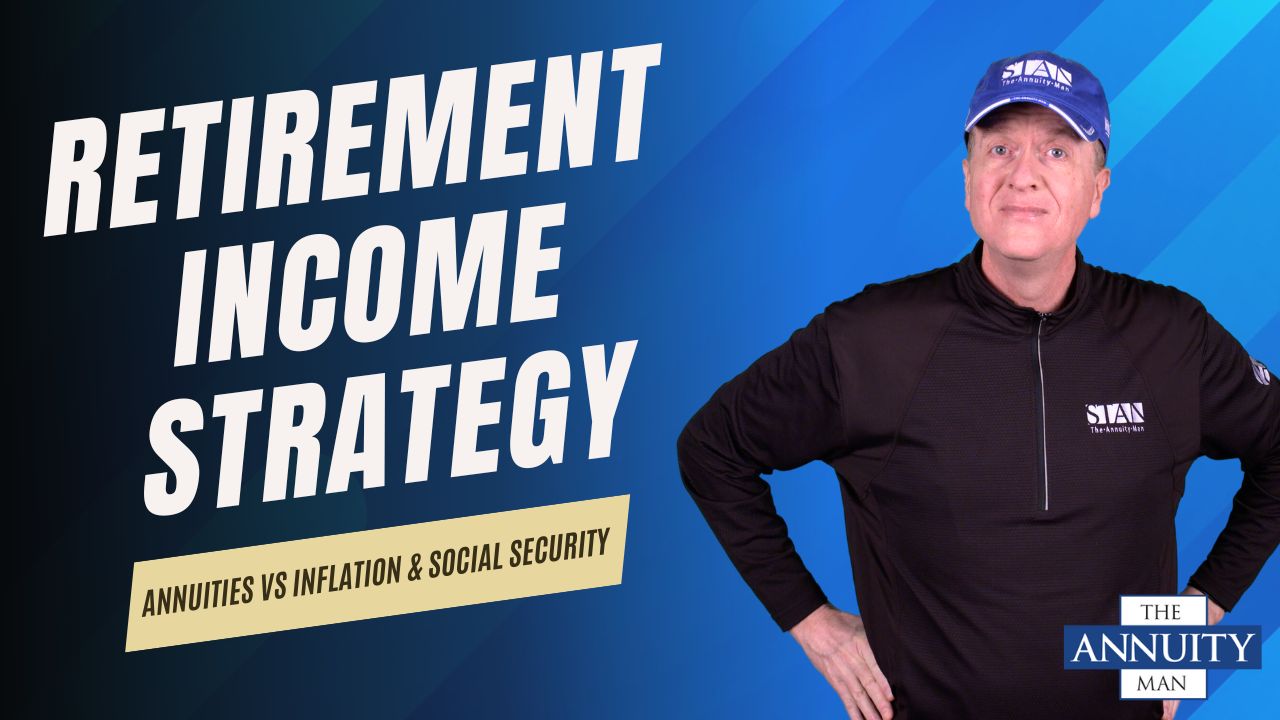Table of Contents
Why Principal Protection Beats Market Chasing in Retirement
.jpg)
For decades, Wall Street has trained us to think the only way to grow wealth is to chase the market. Stocks go up, you make money. Stocks go down, you hold on and hope they bounce back. That rollercoaster might work when you’re in your 30s and 40s. But when you hit retirement, the game changes.
At that point, it’s not about chasing returns. It’s about protecting what you’ve already built and making sure it lasts as long as you do. That’s where principal protection comes in.
Market Growth vs. Market Reality
Let’s start with the obvious: markets don’t move in a straight line. They surge, they crash, and they recover, eventually. If you’re retired and pulling money out during a downturn, recovery doesn’t help much. That money is gone.
This is called sequence of returns risk. The order in which you experience gains and losses matters. If you hit a bad stretch early in retirement, it can derail your plan, even if the long-term average looks fine on paper.
That’s why principal protection matters more than market chasing once you’re no longer working.
The Power of Principal Protection
Principal protection means exactly what it sounds like; your money is protected from market losses. It’s not sexy. It’s not flashy. But it’s reliable.
Take a Multi-Year Guaranteed Annuity (MYGA). Put $500,000 into a 5-year MYGA at 5%. That’s $25,000 a year in guaranteed interest, with your $500,000 still sitting there untouched at the end of the term.
Or take a Single Premium Immediate Annuity (SPIA). Turn that same $500,000 into a lifetime income stream that pays every month for as long as you live.
Both options prioritize protection and guarantees, not chasing the next market rally.
Why Chasing Returns Fails Retirees
Here’s the blunt truth: if you’ve already won the game, why are you still playing?
If your retirement income floor is covered by Social Security, annuities, pensions, and other guarantees, then chasing returns is unnecessary risk. The market might give you growth, but it might also give you sleepless nights or worse, losses you can’t recover from because you’re no longer earning.
It’s not about “beating the market.” It’s about never having to worry if the market beats you.
Building an Income Floor
Here’s how I explain it to clients: retirement isn’t about hitting home runs. It’s about making sure you’ve got a solid, dependable monthly income floor that covers your basics: housing, food, utilities, and healthcare.
- Social Security provides part of that floor.
- Annuities can fill the gap, whether through guaranteed interest (MYGAs) or lifetime income (SPIAs, DIAs).
- Once the floor is covered, anything left over can be invested more aggressively if you want to.
That’s the balance: guarantees first, market chasing second.
Real Life Example
A couple has $1 million saved. They need $70,000 a year to live comfortably. Between Social Security and a small pension, they’ve got $45,000 covered. That leaves a $25,000 annual gap.
They could gamble on the market to cover that gap or they could put $500,000 into a 5% MYGA and lock in $25,000 a year in guaranteed interest. The gap is covered, the floor is solid, and they never touch the principal.
FAQs About Principal Protection
Q: Won’t I miss out on growth if I don’t invest?
Yes, you’ll miss out on some upside. But you’ll also miss out on the downside. In retirement, avoiding losses is more important than chasing wins.
Q: Are principal protection products safe?
They’re as safe as the issuing company. That’s why we shop carriers and look at financial strength ratings. Annuities are contracts, not investments, and the guarantees are backed by the insurer.
Q: What about inflation?
No product perfectly tracks inflation, not even annuities. That’s why you diversify and cover your income floor with guarantees. Then use the rest for potential growth and inflation hedging.
Q: Can I still invest if I use principal protection?
Absolutely. The goal isn’t to avoid the market forever. The goal is to protect enough of your assets to guarantee your lifestyle, then invest the rest however you choose.
Conclusion
When you’re working, chasing the market makes sense. You’ve got time to recover from losses, and you’re adding new money every paycheck. In retirement, that safety net is gone. Losses hurt more, and time isn’t on your side.
That’s why principal protection beats market chasing in retirement. It keeps your income secure, your stress low, and your lifestyle intact, regardless of what the markets do.
Protect first. Chase later, if you want to. That’s how you win the retirement game.
.png)
.svg)













.jpg)
.jpg)
.jpg)
.jpg)
.jpg)
.jpg)
.jpg)


.jpg)
.jpg)
.jpg)
.jpg)

.jpg)
.jpg)


.jpg)

.jpg)

.jpg)

.jpg)
.jpg)

.jpg)
.jpg)
.jpg)

.jpg)
.jpg)
.jpg)



.jpg)







.jpg)

.jpg)

.jpg)



.jpg)
.jpg)
.jpg)

.jpg)
.jpg)
.jpg)
.jpg)
.jpg)
.jpg)
.jpg)
.jpg)
.jpg)
.jpg)
.jpg)
.jpg)
.jpg)
.jpg)
.jpg)

.jpg)
.jpg)
.jpg)

.jpg)
.jpg)
.jpg)
.jpg)
.jpg)
.jpg)

.jpg)
.jpg)

.jpg)
.jpg)
.jpg)
.jpg)
